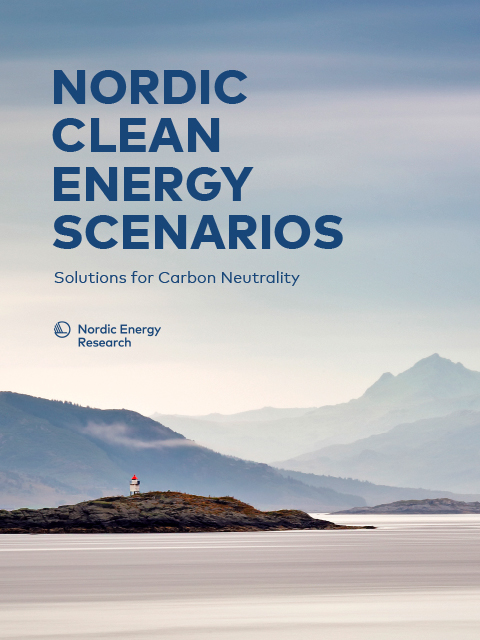
Webinar: Reaching Nordic Carbon Neutrality – Direct and Indirect Electrification
The webinar will let the brains behind the report Nordic Clean Energy Scenarios discuss the results in a both broader and deeper sense, with focus on direct and indirect electrification…
The webinar will let the brains behind the report Nordic Clean Energy Scenarios discuss the results in a both broader and deeper sense, with focus on direct and indirect electrification.
Where and when?
The webinar takes place on January 19th, at 8:30–10:00 am. It will be streamed online via Zoom, and a link will be sent out as you sign up for the event. Sign up here.
This webinar is the second in a series of two on the results from the Nordic Clean Energy Scenarios report. If you missed the first webinar, or would like to watch it again, you can view it here.
Direct and indirect electrification
While the previous webinar had a focus on bioenergy and carbon capture & storage, the upcoming one will pay attention to direct and indirect electrification. Direct electrification is when electricity directly replaces fuel combustion in cars or industrial processes, and will according to the results of the Nordic Clean Energy Scenarios report be at the centre of all pathways to carbon neutrality. As a matter of fact, direct electrification will likely play a bigger part than previous studies have suggested.
Indirect electrification is also an important factor in Nordic decarbonization, and involves electricity used for producing hydrogen and other synthetic fuels, for example. Such fuels can replace fossil fuels, offer benefits such as storage and flexibility, and have vast export potentials to the larger European market. However, heavy reliance on indirect electrification would impact the Nordic energy system dramatically and on a wide scale. This is an issue for Nordic governments as well as the broader European community, as the demand for fossil free hydrogen and clean electricity from continental Europe may very well overshadow national demand.
The future development of indirect electrification, or hydrogen production, will likely be contingent on economics. But it will also be contingent on public perception of related and sometimes competing technologies, such as wind power, CCS, and bioenergy.
What effects may direct and indirect electrification have on the Nordic energy system in the future? And how can we find balance between the factors at issue? Find out on January 19th!
The webinar is arranged in co-operation with Energiforsk.

